- Established 1982 -HOME: www.hiltonpond.org
THIS WEEK at HILTON POND Subscribe for free to our award-winning nature newsletter (Back to Preceding Week; on to Next Week) |
SLOW OCTOBER BANDING,
All text, maps, charts & photos © Hilton Pond Center The recently completed month was one of our most disappointing Octobers in 42 years at Hilton Pond Center with only 39 individuals banded from 17 species, including a locally uncommon bob-tailed Winter Wren (photo above)--just our 19th banded since 1982. Also relatively rare for us this fall were three Bay-breasted Warblers (immature below; now totaling 37 for the Center since 1982). Normally in October we would expect to capture a hundred or more birds, but fall migration seemed to pass us by in 2023. Based on reports from elsewhere in the Southeast, some coastal stations had record-high banding days, so it may be prevailing winds blew migrants away from the Piedmont and toward the coast. It did not help that many October days at Hilton Pond were breezy and sunny--conditions that make mist nets more visible and less likely to capture birds. As we like to say: "Every year is different, and some years are more different than most." (It will be interesting to see what the upcoming winter season brings.)
All text, maps, charts & photos © Hilton Pond Center 2023 RUBY-THROATED HUMMINGBIRD BANDING RESULTS Although we did band a variety of bird species in October, the emphasis of this week's installment is to summarize results of our 40th Ruby-throated Hummingbird (RTHU) banding season. It turns out 2023 was especially productive, as described in words and charts below.
All text, maps, charts & photos © Hilton Pond Center Our 2023 ruby-throat research season was over at Hilton Pond Center on 2 October when we banded two immature males. (We've never had a RTHU after 18 October.) We ended 2023 with 321 new ruby-throats (see chart just below)--well below our all-time high of 373 set in 2016 but still the second-most-productive year in our local study that began in 1984. All text, maps, charts & photos © Hilton Pond Center Our first Ruby-throated Hummingbird of 2023 appeared on 3 April--a red-gorgetted adult male (see top hummer photo) banded last year as an adult on 11 April. He arrived more than two weeks later than our earliest-ever RTHU (27 March, in four different years). It's very unusual for our first new RTHU to already be banded; most early birds are new to Hilton Pond, but our first unbanded individual this year was an adult female (photo below, with temporary green color mark) on 12 April, with the first new adult male four days later. Usually new males precede new females by a week or more. As shown by the dashed red line on the chart above, returning RTHU have increased significantly since our study began in 1984.
All text, maps, charts & photos © Hilton Pond Center NOTE 2: To justify our policy of providing year-round sugar water feeders, we'll mention we've captured two vagrant Rufous Hummingbirds at Hilton Pond Center: An early hatch-year male on 23 September 2002 and a hatch-year female on 20 November 2001. The latter (above) was re-trapped and released in Columbus OH on 29 November the following year!
All text, maps, charts & photos © Hilton Pond Center The first young male ruby-throat of 2023 on 9 June was the Center's fourth-earliest fledgling of either sex, five days later than the record. An immature female wasn't banded this year until 24 June. All text, maps, charts & photos © Hilton Pond Center We reached the 321 mark this year in part because we set a new record of 51 adult females banded (see chart just above), surpassing the previous high of 47 set in 2007 and well above our 40-year average of 30. This compared to a scarcity of adult males: Just 18 banded this season--far below an amazing high of 60 in 2015 and a tad lower than our 40-year average of 21.
All text, maps, charts & photos © Hilton Pond Center As usual this year, immature birds made up the bulk (78.5%) of all ruby-throats banded, including 133 young males (above and below, showing variation in throat patterns) and 119 young females. We banded a record 188 hatch-year males in 2016, with a 40-year average of 80; this year we just one short of the 120-bird record for hatch-year females from 2016 and doubled the 40-year average of 57.
All text, maps, charts & photos © Hilton Pond Center Percentage-wise, new adult males occurred at half the norm (5.6% vs. 11.2%), while immature females were captured at a considerably higher ratio than "expected" (37.1% vs. 30.1%. Young males and females made up about the same percentage as usual--even though the latter were banded in record high numbers.
One of the most fulfilling things about working with Ruby-throated Hummingbirds is putting bands on their legs and seeing them come right back to Hilton Pond in later years, having traveled perhaps 1,500 miles one way to Central America--and then back. Even after nearly four decades, we are amazed how a creature that weighs half as much as a nickel can be successful at such long-distance migration. All text, maps, charts & photos © Hilton Pond Center In 2023 we had 60 individuals--19 males and 41 females--returning from previous banding years (see chart just above). This was also our second best total in 40 years and just shy of the record of 62 set in 2017. The dotted red trend line on the chart above shows RTHU returns are significantly increasing at the Center--to be expected because our numbers of new bandings are also on the rise. Thus, we can't easily determine whether actual survivability is improving. With 7,511 hummers banded at the Center through 2023, this season's returnees brought our 40-year total to 1,213. That number actually involves 839 individuals, since many ruby-throats like the adult female below returned in more than one later year.
All text, maps, charts & photos © Hilton Pond Center A quick calculation shows 839 of 7,511 is a return rate of 11.67%, which at first blush seems quite low. However, when one considers an estimated 60-80% of each year's young hummers fail to make it through their first winter, 11.67% survival and eventual return to Hilton Pond Center is pretty substantial--plus it's likely some RTHU return here or somewhere nearby and are not recaptured. Ruby-throated Hummingbirds do indeed have a high die-off, what with the dangers of migration, predators (natural and otherwise), window strikes, disease, bad weather, genetic deficiencies, and other factors, so we're very pleased with our overall return rate.
All text, maps, charts & photos © Hilton Pond Center Of the Center's 60 RTHU returns in 2023 (see Table 1 just below), 42 were banded last year (2022), 12 in 2021, two in 2020, two in 2019, one in 2018, and one in 2017. Of all those, 19 were males (in blue) and 41 females--a typical ratio for returnees. TABLE 1: Band#--Band Date--Age/Sex in 2023 (all capture years) #08110--08/27/17--7th year female (17,18,19,20,21,22,23) As shown on Table 1 above, our oldest returning Ruby-throated Hummingbird (#08110) this year was a female banded as an adult in 2017 and captured every year since. She is now a 7th-year bird. A second female (#08269) banded as an adult in 2018 was in at least her 7th year in 2023 and could be older than the hummer just mentioned.(The Bird Banding Lab's record for oldest free-flying Ruby-throated Hummingbird is in at least its tenth year. Our oldest at Hilton Pond Center was an 8th-year female.) Several interesting things about Ruby-throated Hummingbirds can be gleaned from Table 1: It's also possible many September/October bandings are late-fledging, late-departing youngsters that aren't as strong and well-developed as RTHU that had been around all summer; as a result, they simply don't make it through their first migration south. (Again, we welcome alternate hypotheses on this situation at INFO.)
All text, maps, charts & photos © Hilton Pond Center Please note that all Ruby-throated Hummingbirds captured--or recaptured--at Hilton Pond Center are banded and then marked with temporary, non-toxic green dye on lower throat (see adult female above). This helps us avoid recapturing "trap junkie" hummers that re-enter our pull-string and electronic traps over and over and over again. Come spring it also means folks north of us can be alert for color-marked RTHU from the Center; in autumn observers to our south can be on the lookout. If you see ANY color-marked hummingbird, please report it to us immediately via e-mail at RESEARCH; a photo would be most helpful.
All text, maps, charts & photos © Hilton Pond Center Alas, only six of our Hilton Pond hummers have been seen elsewhere, and most were reported because they were color-marked. Four RTHU were encountered during fall migration (see map above) in Atlanta, Louisiana, and Alabama (two individuals). Two spring migrants were reported from Massachusetts and Clover SC (the latter about ten miles north of the Center). All text, maps, charts & photos © Hilton Pond Center ORDER OF THE PALMETTO On 3 October 2023 Dr. Bill Hilton Jr., executive director of Hilton Pond Center for Piedmont Natural History, was honored to receive the "Order of the Palmetto" from Gov. Henry McMaster (below). This is the highest civilian honor awarded by the State of South Carolina and was given in recognition of Hilton's life-long achievements in science, education, and conservation.
All text, maps, charts & photos © Hilton Pond Center Mentioned in particular by the governor were Hilton's discoveries about migration and behavioral ecology of Ruby-throated Hummingbirds in the Carolinas and Central America, his career as an outstanding science educator in schools and informal venues, his efforts to gain federal recognition for what is now Congaree National Park, and his work with his alma mater Newberry College where Hilton conceived and implemented the John Bachman Symposium as part of the school's 150th anniversary celebration. Hilton's nomination was sponsored by state Sen. Mike Fanning and was endorsed by letters of support from colleagues, co-workers, and students from years gone by. All text, maps, charts & photos © Hilton Pond Center HILTON POND SUNSETS "Never trust a person too lazy to get up for sunrise
Sunset over Hilton Pond, 14 October 2023 En route back to York following an afternoon funeral in Easley SC we were entranced by this phenomenal view to the northeast over Windy Hill Farms with the sun setting behind us. In honor of our late sister-in-law Linda Gail Ballard (30 Oct 1952—3 Oct 2023), memorialized in a service that day with friends and extended family.
Sunset over Hilton Pond, 16 October 2023 Sometimes--especially in fall--the evening view is better facing east as we stand with back to the pond and the setting Sun behind us.
Sunset over Hilton Pond, 27 October 2023 Even though our digital thermometer reached 78.8° this day, it's definitely autumn and leaves continue to fall. Soon those
Sunset over Hilton Pond, 29 October 2023 Red Maple gets its name from flowers and winged seeds that appear in early spring, but come fall its leaves take on vibrant yellow hues--enhanced by penetrating rays of a setting Sun during what photographers call the "Golden Hour." To see such All text, maps, charts & photos © Hilton Pond Center Don't forget to scroll down for lists of Hilton Pond supporters and of all birds banded and recaptured during the period. Photoshop image post-processing for this page employs |
|---|
|
"This Week at Hilton Pond" is written and photographed by Dr. Bill Hilton Jr., executive director of Hilton Pond Center for Piedmont Natural History
|
|
|
Please refer "This Week at Hilton Pond" to others by clicking on this button: |
|

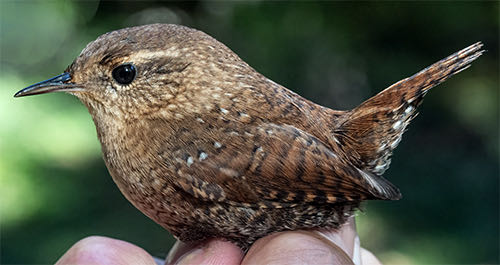
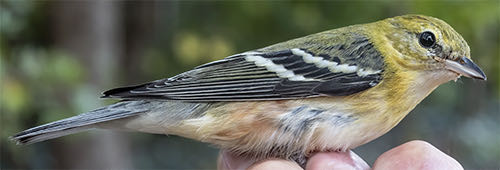
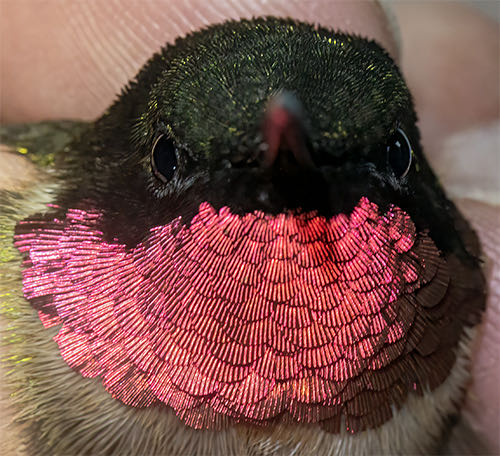
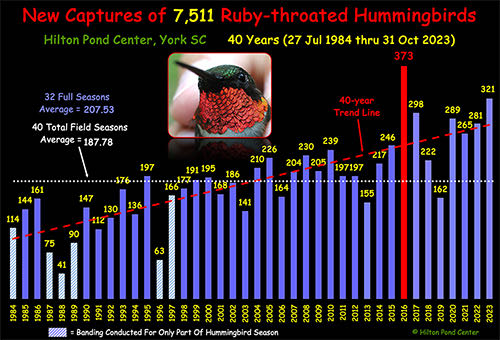
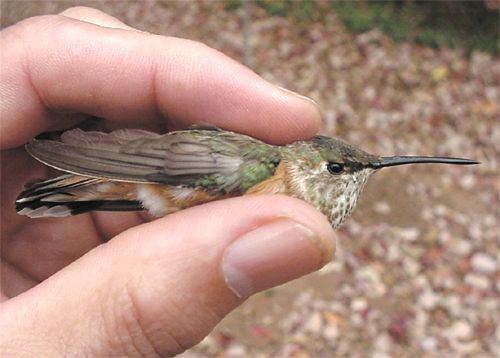
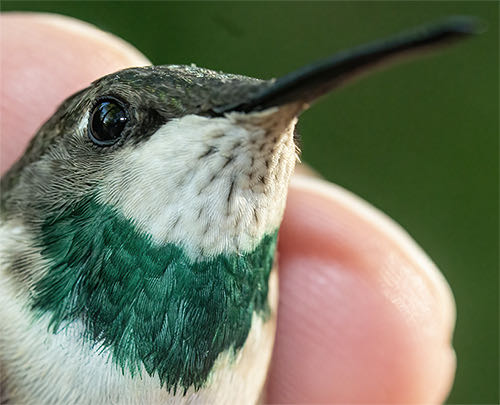


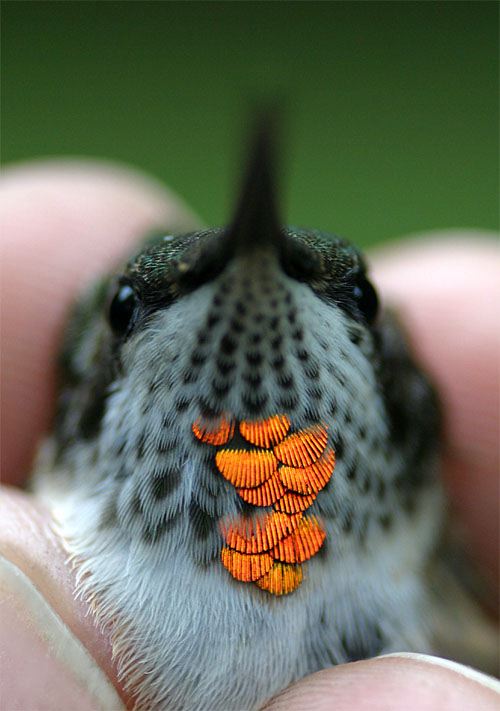
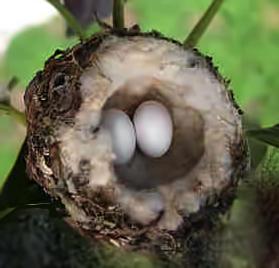


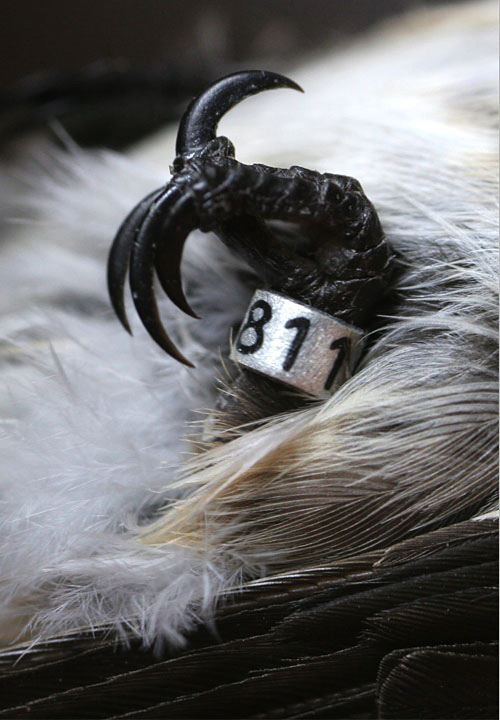
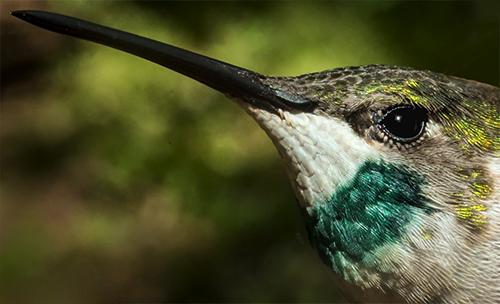
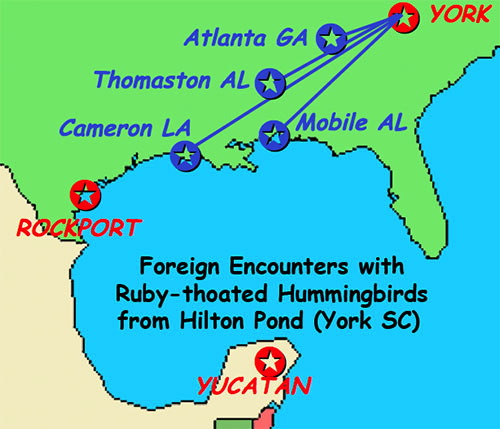

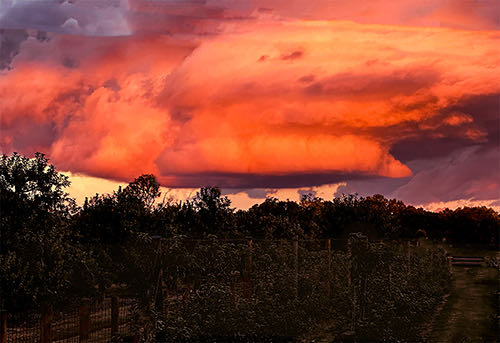


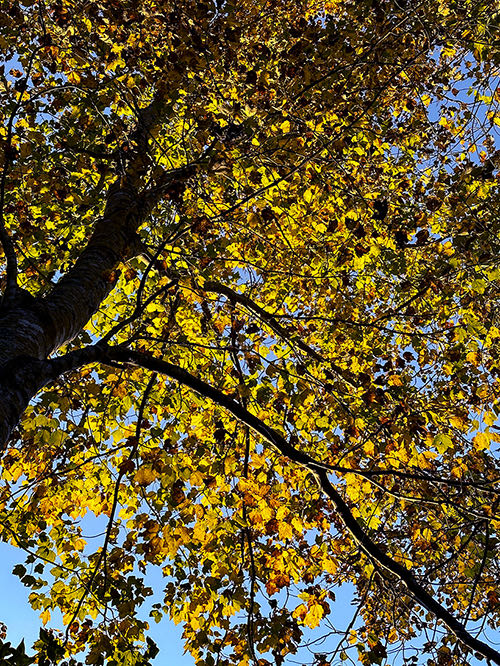









 Please report your spring, summer &
Please report your spring, summer & Oct 15 to Mar 15:
Oct 15 to Mar 15: